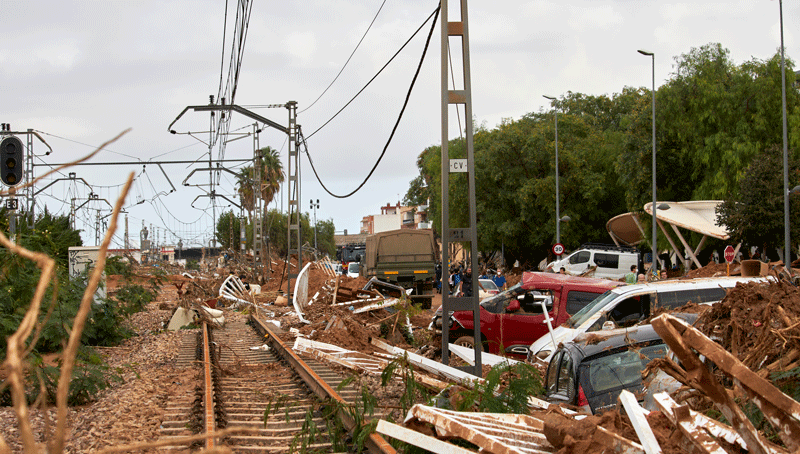By Sarah George
Copyright edie

Conducted by commercial property insurer FM, the survey polled 800 decision-makers across the global technology, manufacturing and industrial sectors. All represented businesses generating at least $250m in annual revenues.
Some 150 insurance brokers were also asked for their views on physical climate risk management.
The vast majority of the corporate decision-makers (95%) believe they are fully or mostly aware of the ways in which their sites are exposed to extreme weather risks.
Almost eight in ten have begun updating their past assumptions about their exposure, in line with updated local weather data and/or climate science.
Swiss Re previously estimated that economic losses related to climate change reached a record $328bn in 2024 – equivalent to 0.3% of global GDP.
Nonetheless, those polled by FM are likely overestimating their preparedness, in the main. FM asked the respondents to estimate what percentage of their countries’ economic activity was exposed to wind or flood risks. Almost three-quarters underestimated the risk.
Additionally, only 28% of those polled said their business is fully embedding climate risk considerations into plans to build new sites. This approach is recommended by insurance brokers, to ensure that sites can be meaningfully covered.
“We found emerging gaps in awareness and mitigation at a time when many businesses face increasing pressure from their employees, investors and regulators to fully manage weather-related threats, both within and beyond their own operations,” said FM’s chief science officer Dr. Louis Gritzo.
“The good news is that organisations are starting to respond. They’re educating themselves on these changes and tracking and monitoring the weather to be better prepared.”
Preparing for Paris overshoot
Earlier this week, S&P warned that there is a 50% likelihood that global temperature averages will be 2.3C °C higher in 2040 than they were before the industrial revolution, with devastating socioeconomic consequences.
S&P’s research reveals that global average temperatures will almost certainly (90% likelihood) be 1.5°C warmer in 2040 than pre-industrial levels. The likelihood stands at 50% for a 2.3°C pathway.
In a pathway exceeding 2.3 °C, the researchers concluded that cumulative economic costs could be as high as 33%.
The researchers are imploring action to unlock additional finance for climate adaptation activities. Click here for edie’s full story.



